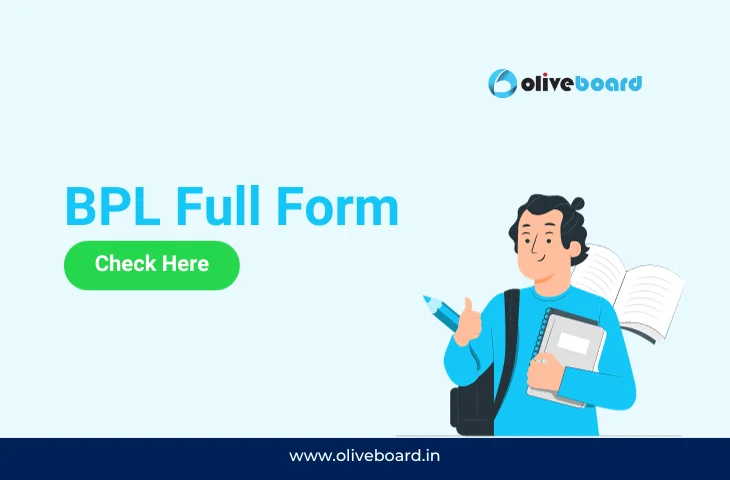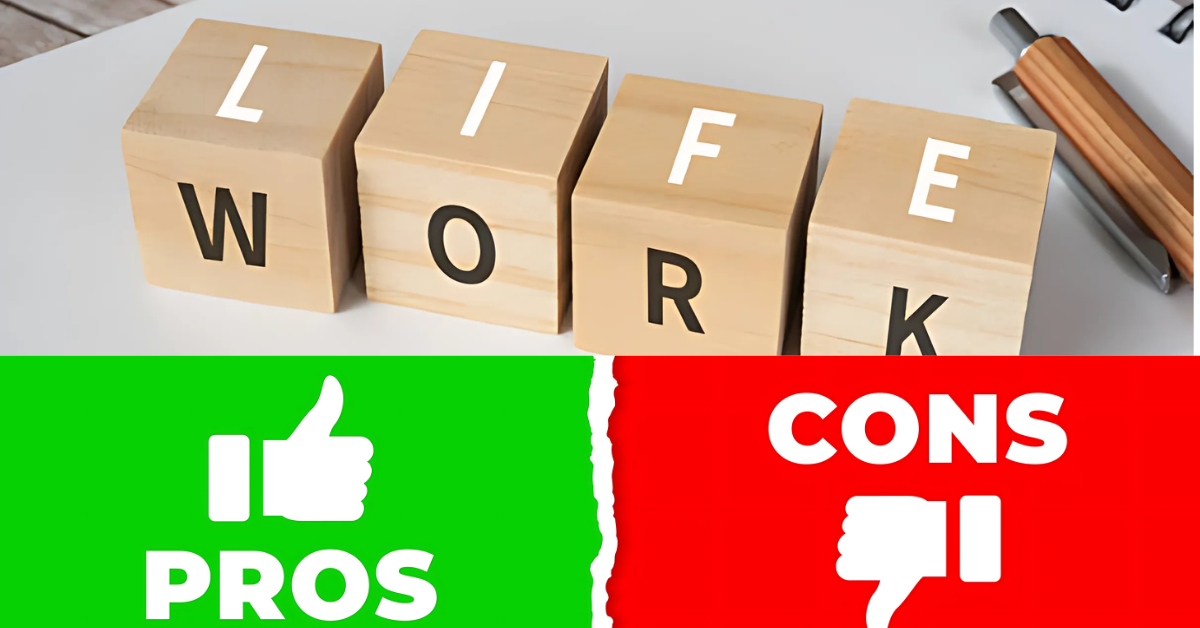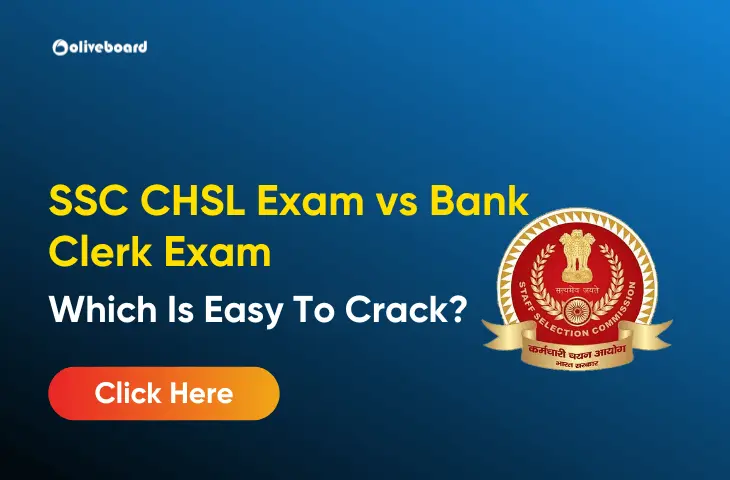BPL Full Form
BPL stands for “Below Poverty Line”. It is a categorization used by governments and organizations to identify individuals or families living in conditions of extreme economic hardship. Those falling below the poverty line are considered vulnerable and in need of financial and social support to improve their standard of living. In this article, we will unveil the full form of BPL, and explore its significance in determining economic vulnerability and delivering aid to those who need it most.
BPL Full Form in Hindi
BPL का मतलब “गरीबी रेखा से नीचे” है। यह अत्यधिक आर्थिक कठिनाई की स्थिति में रहने वाले व्यक्तियों या परिवारों की पहचान करने के लिए सरकारों और संगठनों द्वारा उपयोग किया जाने वाला एक वर्गीकरण है।
Understanding the Poverty Line
The “poverty line” refers to a threshold level of income or consumption, below which a person or family is considered to be living in poverty. This threshold is typically determined by a government or relevant authority based on various economic and social factors, including the cost of living, access to basic necessities, and prevailing economic conditions.
The poverty line can vary from one region to another. It is often updated to reflect changes in economic conditions and standards of living. People or families whose income or consumption falls below this established threshold are categorized as “Below Poverty Line” or BPL.
Significance of BPL Classification
The classification of individuals or families as BPL has several important implications:
- Targeted Assistance: BPL categorization allows governments and social organizations to allocate resources and assistance to those who need it most. This targeted approach ensures that aid reaches the most vulnerable segments of society.
- Welfare Programs: BPL classification is often used as an eligibility criterion for various welfare programs, including food subsidies, housing assistance, healthcare, and education support.
- Economic Data: It helps governments and policymakers gather data on the prevalence of poverty, assess the impact of poverty alleviation programs, and develop strategies to reduce poverty rates.
- Social Inclusion: BPL classification highlights the importance of social inclusion and equity, encouraging efforts to bridge economic disparities and promote the well-being of marginalized communities.
Criteria for BPL Classification
The criteria for BPL classification can vary from one country to another. It is typically determined by governments or relevant authorities. Some common factors considered in BPL classification include:
- Income: Individuals or families with income below the established poverty line threshold are often categorized as BPL.
- Assets: The ownership of assets or property, such as land and vehicles, may be considered when determining BPL status.
- Access to Basic Services: Lack of access to basic services like healthcare, education, clean water, and sanitation can also be a factor in BPL classification.
- Occupation: The type of occupation and employment status, including unemployment or underemployment, may contribute to the BPL classification.
Challenges and Considerations
The BPL classification process is not without its challenges and considerations:
- Accuracy: Determining an accurate poverty line and identifying those who fall below it can be complex, as it depends on various socio-economic factors.
- Data Collection: Gathering reliable data for BPL classification can be a resource-intensive process, particularly in developing countries with large populations.
- Stigma: Being categorized as BPL can carry a social stigma, and some individuals may resist self-identifying as such.
- Evolving Conditions: Economic conditions can change rapidly, making it essential to regularly update and adapt the poverty line to reflect current realities.
Conclusion – BPL Full Form
In conclusion, the Below Poverty Line (BPL) classification plays a significant role in identifying individuals and families in need of targeted assistance and support due to economic hardship. The poverty line, which is a predetermined income or consumption threshold, serves as the basis for BPL categorization. BPL classification is vital for the targeted allocation of resources, eligibility for welfare programs, gathering economic data, and promoting social inclusion and equity. The criteria for BPL classification can vary, and governments or relevant authorities consider factors like income, assets, access to basic services, and occupation. Challenges in accurate BPL classification include determining the poverty line, collecting reliable data, addressing social stigma, and adapting to evolving economic conditions. BPL classification represents a crucial step in addressing poverty and improving the standard of living for the most vulnerable members of society. It underscores the importance of social welfare, economic equity, and a more inclusive society.
- IBPS PO Vacancy 2025 Out, 5208 Vacancies Released, Latest Update
- Effective Study Strategies for the PFRDA Grade A Statistics
- Antonyms for SSC CHSL, Attempt 40 Questions Practice Set & Know Tips
- SSC CHSL Court Clerk Vs Bank Clerk – Which Job is Better? Know Here
- SSC CHSL Vs Bank Clerk Exam, Which Is Easy To Crack? Check Details
- PFRDA Grade A Lifestyle in 2025, Their Growth and Benefits
BPL Full Form – FAQs
Ans. BPL stands for “Below Poverty Line.”
Ans. BPL का मतलब “गरीबी रेखा से नीचे” है।

Hello, I’m Aditi, the creative mind behind the words at Oliveboard. As a content writer specializing in state-level exams, my mission is to unravel the complexities of exam information, ensuring aspiring candidates find clarity and confidence. Having walked the path of an aspirant myself, I bring a unique perspective to my work, crafting accessible content on Exam Notifications, Admit Cards, and Results.
At Oliveboard, I play a crucial role in empowering candidates throughout their exam journey. My dedication lies in making the seemingly daunting process not only understandable but also rewarding. Join me as I break down barriers in exam preparation, providing timely insights and valuable resources. Let’s navigate the path to success together, one well-informed step at a time.






